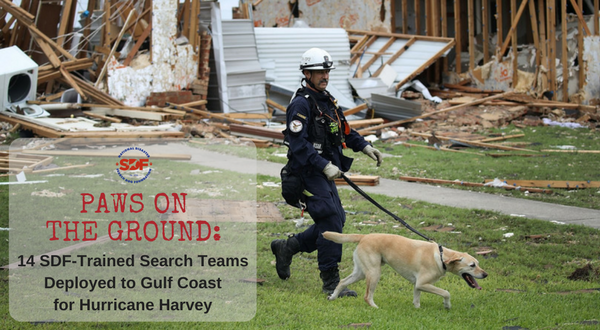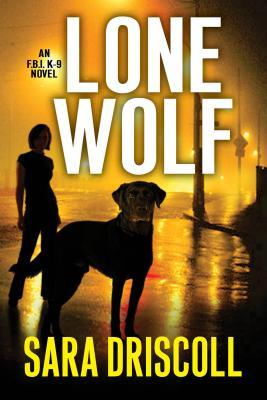The Search Dogs of Hurricane Harvey
/The headlines and videos of the aftermath of Hurricane Harvey are horrific. Historic flooding displaced over 30,000 residents, damaged or destroyed an estimated 200,000 homes, and has caused up to approximately $180 billion dollars in damage.
On the short term, attention has rightly been focused on the 17,000 rescues that have taken place. When local law enforcement was unable to keep up with the calls for help, the public responded. Regular people, intent on simply saving lives, came from as far away as Florida bringing their own boats to put into the flood waters. People laid their lives on the line to save strangers and their pets. It’s been uplifting to watch these rescues and is a wonderful reminder that even during times of political chaos when every news story seems dark and foreboding, the human spirit continues to successfully rise to the challenge.
As in any natural disaster in modern times, search-and-rescue dogs have responded to Hurricane Harvey and will continue to do so over the coming weeks. The National Disaster Search Dog Foundation (SDF) had ten teams dispatched to their San Antonia base of operations or on their way the day the hurricane made landfall. Within days, another four teams were activated, bringing the total number to fourteen, with teams responding from California, Nebraska, Texas, and Utah. As the water receded, the teams moved in, looking for anyone trapped who had been missed by rescuers in the initial rescues. It's incredibly hard work for the teams, but there is no question that lives have been and will be saved because of their presence on the ground.
A heartwarming story about one of the SDF search-and-rescue K-9s has recently come to light out of Harvey's news cycle. Rocket, a border collie, was nearly euthanized at a shelter for being too high energy. But an SDF canine recruitment volunteer recognized something special in Rocky. He wasn’t right for search-and-rescue, but he might make a good agility dog, so she and her husband, an SDF handler himself, adopted Rocket. Within a year, however, Rocket was showing signs of being an ace search-and-rescue dog, so the SDF took him on and partnered him with Windsor Fire Engineer Mike Stornetta. Now the dog that nearly died because of his energy and drive is now using those same characteristics to save lives in Texas. Mike and Rocket were deployed to Wharton, Texas, and have been doing grid searches of flooded houses in conjunction with other task forces. Sometimes, an intuitive eye is what it takes to change and save lives, and Rocket is a prime example of this. We wish Mike, Rocket, and the other teams on the ground in Texas the very best of luck.
Photo credit: National Disaster Search Dog Foundation
I have a newsletter! Interested in getting a sneak peek at the first few chapters of BEFORE IT’S TOO LATE before it launches later this month? Then just sign up at the bottom of the home page here on my website and you’ll be added to the list! More fun stuff coming in the newsletter such as cover reveals for the third book in the FBI K-9s series and Abbott and Lowell book #5, LAMENT THE COMMON BONES, as well as more sneak peeks, and early publishing news. Don’t miss out!

























 2.1%
2.1%